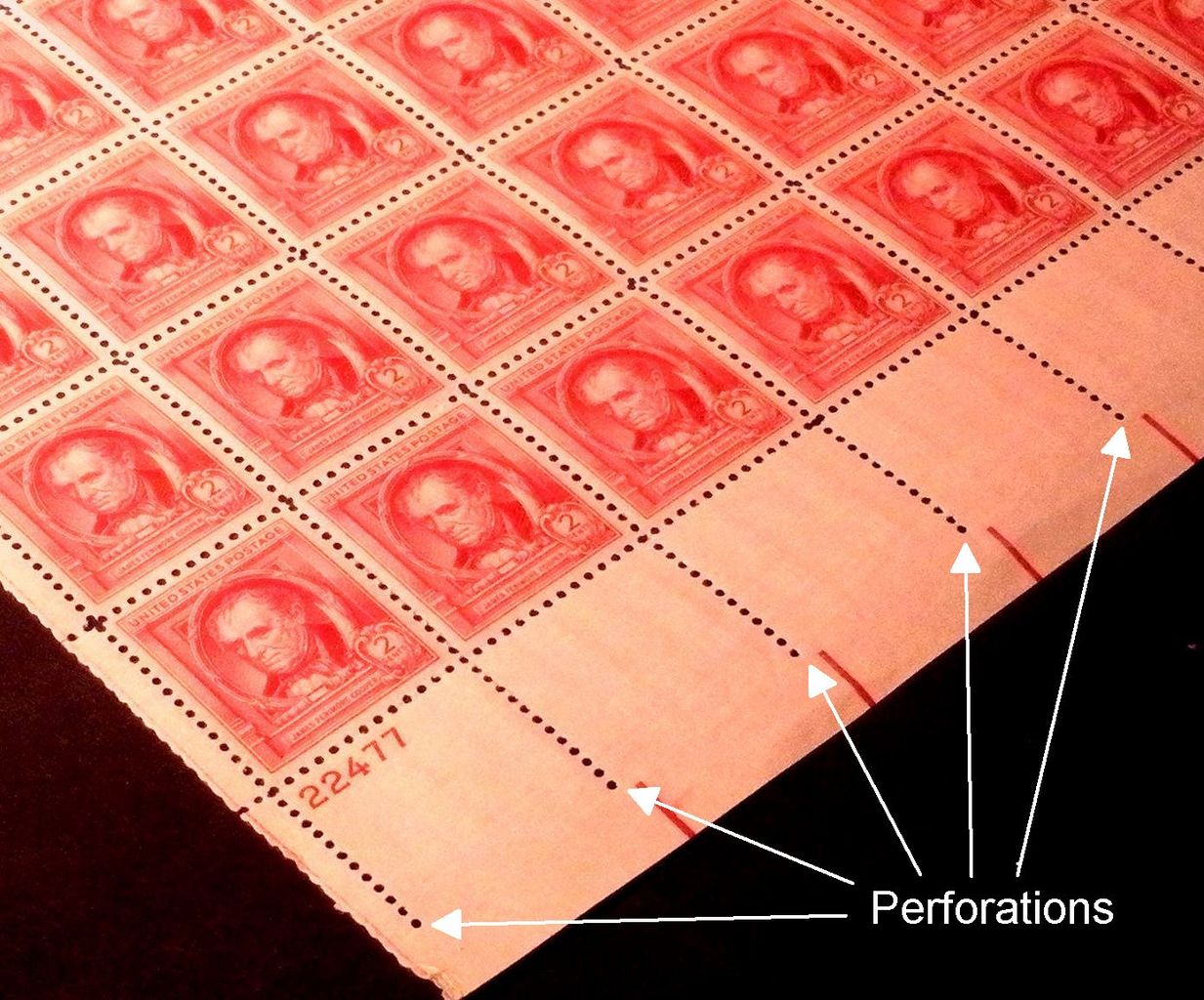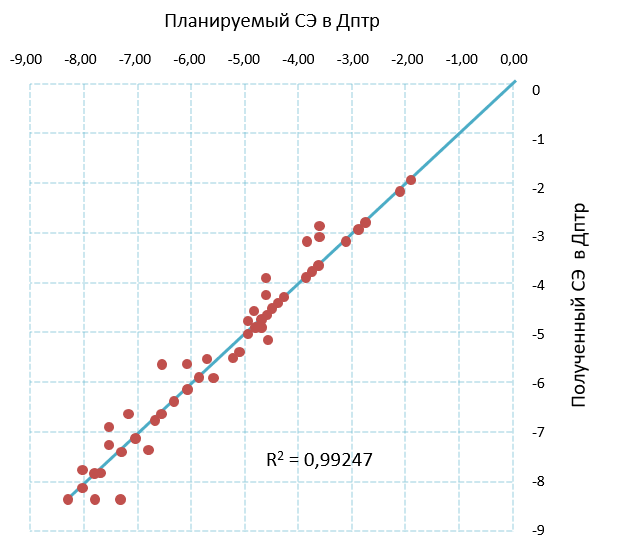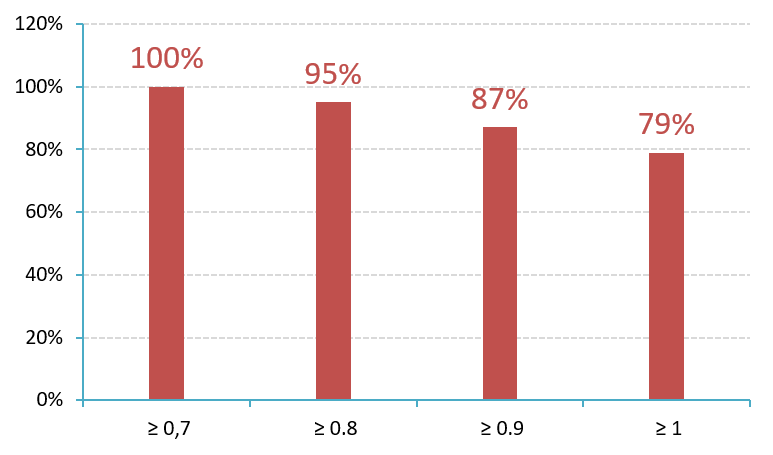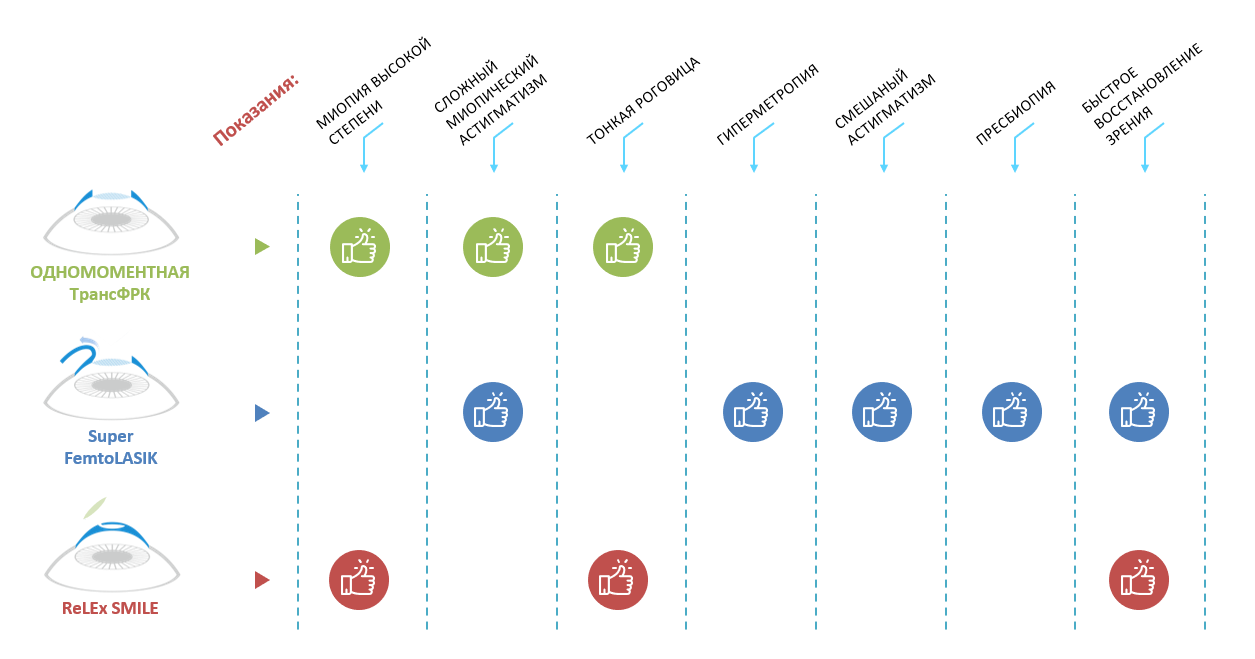ReLEx SMILE: How not to be mistaken in forecasts

Hi, let's talk again today about ReLEx SMILE, only this time in a slightly different way. I want to touch on a sphere that is intimate enough for many clinics - real results of treatment. In fact, when we talk about statistics related to vision correction, one of the key indicators is not the final visual acuity in absolute terms. As is customary in any research, doctors necessarily normalize the data.
Imagine a hypothetical situation where a girl with a slight short-sightedness at -1.0D and a guy with the most complicated astigmatism and myopia at -10 D come to the reception at the same time. If the guy is unlucky with cornea thickness, the surgeon will understand in advance that it will not be a recovery view to the original 100%, and, say, up to 87%. Moreover, the forecast will be carefully calculated at the stage of the patient's decision. Therefore, a key indicator in comparing such dissimilar cases will be the accuracy of getting into a pre-designed result, not absolute numbers.
Let's go over the features of the ReLEx SMILE method again and then I will show you the results of one of our studies.
ReLEx SMILE and vendor-lock

ZEISS VisuMax. A source
')
We still love and know how to work with the modern version of Trans-PRK. However, you need to understand that there is no silver bullet in medicine. Each method has its own nuances and indications.
ReLEx SMILE is really a very difficult way to correct vision. Its peculiarity is that it very much depends on the qualifications of a particular doctor. Many ophthalmic lasers, including ZEISS VisuMax, have a feature - a complete vendor-lock. You cannot just buy such equipment for big money and start performing any operations on it. ZEISS, as a development company, issues personalized licenses for the use of this laser. No, usually the fact that you cannot do anything you want with your property causes just indignation. But, it seems to me that this is exactly the situation when the vendor’s rigidity works for the benefit of the patient. A doctor cannot get a license to perform ReLEx SMILE until he passes a difficult qualification exam and does not perform a certain number of simpler from a technical point of view, operations on this laser. Plus, the manufacturer constantly monitors telemetry with equipment. As a result, the patient can be sure that no one has tried to independently maintain and even repair the laser, that the surgeon has achieved the necessary qualifications, and the whole procedure is carried out in full compliance with the strict rules of the developer.
3D perforations

Perforated paper all seen many times. It can be precisely torn off strictly along the weakened line formed by the holes from a special perforator. In the case of the brand, we have a 2D sheet and a 1-D line of weakening of the material. The ophthalmologic laser works in a similar way, but here the 3D volume of the cornea and the 2D plane of the smallest bubbles are already there.
The laser impulse puts gigantic energy in a very small volume, comparable in size to the erythrocyte. Usually, it is about 2-3 micrometers. Why is impulse duration so important? Imagine that you put the necessary energy into the cornea tissue not for a femtosecond pulse, but stretched this process for a few seconds. The cornea, like any physical object has its own thermal conductivity. As a result, if you “warm” for a long time, the energy will have time to be absorbed by the surrounding tissues and instead of the ideal bubble, you will warm up the tissue before the thermal burn. In the case of a femtosecond pulse, the surrounding tissues simply do not have time to notice that something has happened, since the total energy is very small.
For fractions of a few moments, a shining plasma cloud of evaporated tissue forms at the point of focus and also instantly cools, gently spreading the surrounding tissues and leaving behind a microbubble. The planes of these bubbles form the final surfaces of the lentil lens that will be removed during the operation. In the final, the surgeon gently pulls the lenticle through a tiny incision that truly resembles a smile.
Minimizing side effects
What are the main advantages of ReLEx SMILE? The method allows to minimize the number of intersected nerve fibers compared with FemtoLASIK. This, in turn, allows to minimize the risks of dry eye syndrome, which primarily depends on the preservation of normal innervation after surgery. Also, the method rather sparingly refers to the architecture of the cornea. According to the literature *, it is slightly higher than the PRK - by 10% and significantly better than LASIK - by 25%.
*Bibliography
- Reinstein DZ, Archer TJ, Randleman JR Mathematics, RDL, LASIK, and small incision lenticule extraction // Journal of Refractive Surgery. - 2013. - T. 29. - №. 7. - p. 454-460.
- Demirok A. et al. Corneal sensation after corneal refractive surgery with small incision lenticule extraction // Optometry and Vision Science. - 2013. - T. 90. - №. 10. - p. 1040-1047.
- Wei S., Wang Y. Comparison of corneal sensitivity between FS-LASIK and femtosecond lenticule extraction (ReLEx flex) or small-incision lenticule extraction (ReLEx smile) for myopic eyes // Graefe's Archive for Clinical and Experimental Ophthalmology. - 2013. - T. 251. - №. 6. - p. 1645-1654.
This is achieved due to the fact that the dissection of tissue occurs in the zone of lowest density of the corneal stroma. Also, the total surgical area is about 25% smaller compared to LASIK and Femto-LASIK.
The method also has certain limitations associated with the required corneal thickness and more complex additional correction if necessary. However, this is also a solvable problem.
We build accurate forecasts

Nothing is perfect. The eye has the smallest optical irregularities that will inevitably introduce tiny errors in the focusing of the beam. The laser itself also has its accuracy tolerances. The task of the doctor at the examination stage is to examine the patient with maximum accuracy and simulate a future operation. I already wrote about the correct diagnosis here .
It is very important for us to monitor the effectiveness of treatment at all stages and therefore we regularly analyze our statistics. Below are the results of one of these studies for ReLEx SMILE in our clinic.
- The observation period is 6 months
- The number of patients (eyes) - 55 (109)
- Age (years) - 29 ± 6.7
- Spherical equivalent before surgery (Diopter) - -7.13 ± 2.23
- MKOZ before surgery - 0.97 ± 0.07

As a result, we received excellent predictability of the final result. Still, this is an area where the patient definitely does not want surprises. It can be noted that the variation slightly increases in the case of high myopia.

95% of ReLex SMILE patients by the end of the study had a far-reaching visual acuity without correction of more than 0.8. In fact, this is a very good result, taking into account the fact that some of the people from this sample had very strong myopia and astigmatism in the original version. It is not always enough that the cornea is thick enough to fully compensate for strong myopia, especially when it comes to -8D and more.

Red line - ReLex SMILE, green - Trans-PRK
And here you can see the dynamics of changes in the MKOZ - maximum corrected visual acuity. I apologize that the time scale is not to scale) The relative lack of Trans-PRK in terms of the speed of vision recovery is very visible. The first week is especially difficult for these patients, but after a few months everything is normalizing. ReLex SMILE has a much milder postoperative period, and vision is restored faster.
We continue to work on improving the results, but now we are in many ways better than average values in literature.
Which method is better
No silver bullet. It so happened. ReLex SMILE really gives great results in its niche. Unfortunately, it is impossible for absolutely all patients to recommend the same treatment. I tried to reflect in the conditional table the main advantages of all three methods. Their real boundaries of application are often wider, but in the table we have tried to reflect the most optimal, in our opinion, options.
Just want to make a reservation that in each case the decision must be made separately. Still, each patient is unique in his own way, and we really want to offer the best treatment for a person.

Traditional bonus
We now have discounts on ReLex SMILE until the end of March. The current price is 80,000 instead of 98,000 per eye. Read more here on the official website .
Source: https://habr.com/ru/post/443486/
All Articles